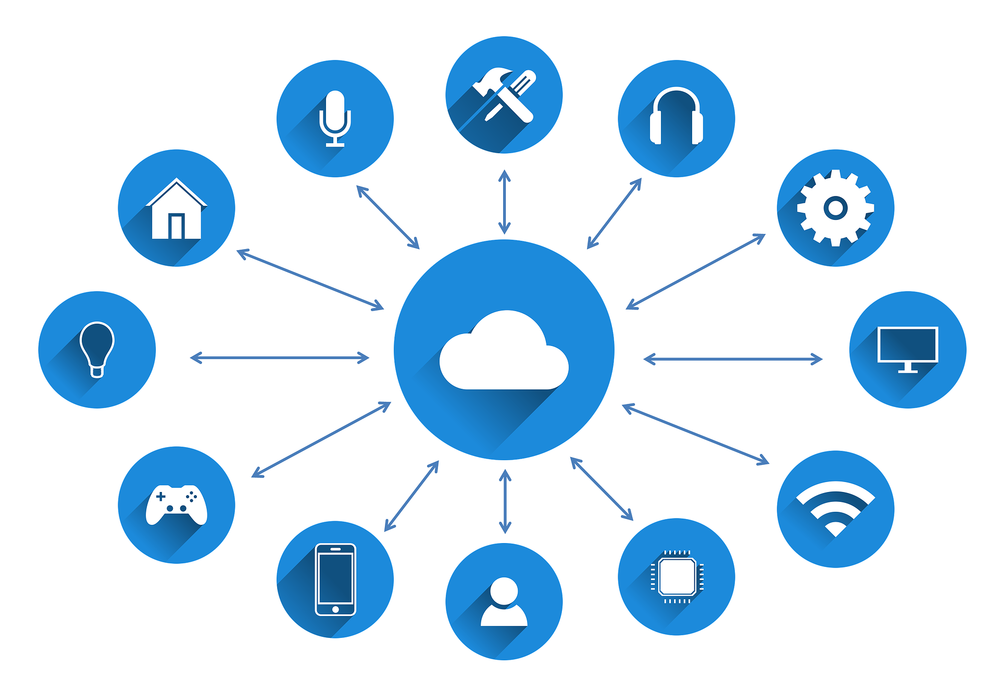It might seem daunting, time consuming & prohibitive for smaller practices, to implement BIM. Not with Driving Vision!
This article is part of a blog series on labor shortage in the construction industry, exploring how you can change the way business is done in the construction industry to mitigate the risks.
Shortage of skilled labor and subcontractors continues to be a significant problem in the construction world. The consequences of this issue are that projects are delayed, cash flow is eroded, and profits are decreasing. One of the most effective ways to tackle this issue is through automation as explained below.
What could be automated?
Before looking for a solution you should analyze your current structure to understand your operations. Your analysis should include:
Here are some examples of what you could look at:
How will these solutions help you to mitigate the risks?
Mobile device data-driven strategies help you to manage the existing workforce efficiently and retain talent.
Health and safety training, in virtual reality, helps you to be compliant with ISO 45001 and to reduce the risk of accidents and absenteeism.
Site-specific training needs, delivered online, including videos and practical handling of difficult tasks, improve the skills of your workforce and help you to be compliant with ISO 9001 (quality).
Easy business expense reporting features for employees to avoid unnecessary trips to the office. Expense management eases the cash flow, improves the profitability of the project, and motivates teams as they are reimbursed quickly.
Project managers, architects, and/or engineers review and analyze data in the office, and send inspection checklists to the site manager who uses them on his daily site tour to carry out the inspection. This eliminates the need to send inspectors on-site and avoids lengthy and costly reworks and material waste leading to less overtime, happier employees, cost reduction, and less cash outlay.
An HR management system will help you to celebrate successes, whenever your crew meets a goal. This will make your workers feel appreciated and eager to push forward. Rewarding and valuing what your people are doing reinforces the importance of their contribution to the success of the project. People feeling valued are generally not looking for greener pastures.

Are you inundated by offers from various software providers?
Software companies claim to have the latest and greatest product, or you see new offers from a current vendor, but how do you know that they are the best tools for your firm?
Taking the time to understand what you are trying to achieve with software and how it will be integrated and systemized should help you yield positive results.
According to an international survey, 65% of private-sector owners and 70% of public sector owners require the use of BIM in new projects. If you want to have a competitive edge you should embrace BIM even for small projects. BIM implementation can be daunting, but here are some useful questions to consider before you fully embrace the BIM culture:
Technology is very varied and expensive.
Take our Technology appraisal diagnostic, to find out the best way to insert new technology in your workflows and how to move your organization to cloud computing so you can open up new possibilities for your daily planning tasks and make sure your data never leaves the optimally secured data center.
The technology appraisal report will help you to explore what investment is required to improve your projects’ productivity and collaboration as well as the ROI you can expect.

You can be efficient independently of the software you are the most comfortable with, but you have to take the time to develop your company standards and BIM templates to increase your productivity tenfold.
Having a generic template does not mean that you need to use the entire document, picking and choosing the information applicable to your firm or to your workflow is very efficient. The key is to take pieces of a large template which can be applied to different projects.
Starting with templates significantly reduces admin, however, there are challenges. A common framework can help mitigate many of these: Involving team members and supporting rapid feedback loops to build trust in the system. The result will be higher quality outputs and happier teams.

A lot of firms use many software products to create their designs when one or two would do the trick.
Other firms re-build models because they design and document in different tools.
Using the right platform can often replace three or four pieces of software and systemize your way of working.
System integration is defined in information technology as the process of linking together different computing systems and software applications physically or functionally to act as a coordinated whole. System integration involves integrating existing, often disparate systems in such a way that it focuses on increasing value to your customer.
Taking the Quality Control diagnostic can help you to find out how to automate your processes to improve the quality of your output and be compliant with ISO 19650. Having the right processes in place, together with automation, has the potential to dramatically:

The most successful firms have strong leaders who display:
Your leaders should:
Today’s workers are expecting their leaders to embrace the following changes to keep up with modern times:
To influence and lead your staff you should have the following attributes:
If you want to retain your current employees and attract newcomers you need to make sure you have:
Leadership in business is the act of inspiring subordinates to perform and engage in achieving a goal. But leadership can mean different things, to different people, in different circumstances.
Undoubtedly success is important. Without success, businesses would ultimately fail and no one would be worthy of being called a leader.
Leadership does not necessarily mean you are the best at something. People are good technicians or practitioners and not necessarily leaders. In many circumstances, people are promoted based solely on their longevity in the practice (which may not be best for the business).

You probably experienced on your various projects that:
Teams that work well together do a better job of sharing ideas and embracing all that their technology has to offer.
The absence of motivation and engagement has implications for the success of a firm’s workforce and by extension the firm itself.
How do motivated teams perform?
Highly engaged teams result in 21% increased business profitability. Worldwide, only 15% of employees are engaged. They:
having project team members that fit your culture is the most important criterion for building the right team. It is fairly easy to learn a piece of software, but changing your personality is not so much. So, what characteristics do high-performance teams have in common? They:
Watching this short Managing your BIM projects webinar could help you. Watch Damien and JB from Driving Vision talk about:

Automation and system integration will help your firm to retain and attract skilled employees.
You should develop a strong leadership team to motivate your staff to collaborate and develop electronic and task-oriented collaboration procedures including:
Take the BIM readiness diagnostic to explore what investment is required to improve your projects’ productivity and collaboration as well as the ROI you can expect.
A Driving Vision expert will conduct the interviews online and will issue a report and discuss our findings with you. Together we will decide the best way to implement the solutions at your pace and according to your budget.
Implementing BIM can be daunting, but Driving Vision is here to help you at the pace you are comfortable with. Get started by getting in touch now
Of practices using BIM made positive ROI
Of practices using BIM improved health and safety
Of practices using BIM decreased errors and omission
Of practices using BIM enhanced their practice image
Of practices using BIM claimed less litigations
Of practices using BIM reduced rework
It might seem daunting, time consuming & prohibitive for smaller practices, to implement BIM. Not with Driving Vision!
